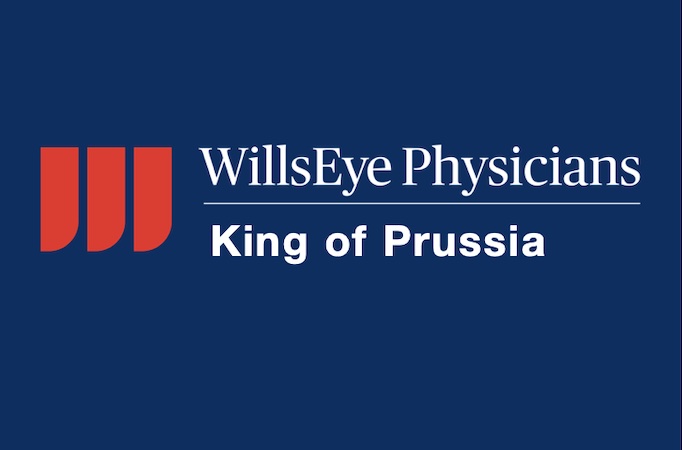Glaucoma
Glaucoma is the leading cause of blindness and visual impairment in the U.S. and can affect patients of all ages, many of whom do not experience any symptoms and may not be aware that they have the disease.
WHAT IS GLAUCOMA?
Glaucoma refers to a group of diseases that cause damage to the optic nerve as a result of increased pressure within the eye, but it can also be caused by a severe eye infection, injury, blocked blood vessels or inflammatory conditions of the eye. There are two main types of glaucoma: open-angle and angle-closure. Open-angle glaucoma is the most common type of glaucoma and involves a buildup of fluid in the eye due to the eye not draining properly through the eye’s drainage canal. Angle-closure glaucoma involves a sudden buildup of pressure in the eye and poor drainage because the angle between the iris and the cornea is too narrow.
Who Is at Risk for Glaucoma?
Anyone can develop glaucoma. However, some groups are more at risk than others. It is more common in people over the age of 60, African Americans over the age of 40 and anyone with a family history of glaucoma.
During a comprehensive dilated eye exam, your doctor may be able to identify conditions that put you at a higher risk of glaucoma, such as high eye pressure or thinness of the cornea. In some cases, your doctor may prescribe eye drops to reduce your risk.
What Are the Symptoms?
Many patients do not experience any symptoms during the early stages of glaucoma, including no pain and no vision loss, which makes it difficult for many patients to know if they have the disease. As it progresses, patients may experience a loss of peripheral or side vision, along with sudden eye pain, headache, blurred vision or the appearance of halos around lights. Because glaucoma often has no symptoms in its early stages, regular vision exams are essential in catching it early on.
How Is Glaucoma Diagnosed and Treated?
To detect glaucoma, your physician will test your visual acuity and visual field as well as the pressure in your eye. At Wills Eye Physicians King of Prussia, we have the latest diagnostic equipment, including a computerized visual field analyzer, Spectralis optical coherence tomography (OCT), pachymeter and digitized photography for documentation of the appearance of the optic nerve. This equipment helps us catch and treat eye conditions early on before they cause any significant vision loss.
Once diagnosed, glaucoma can be controlled with treatments to lower pressure in the eye. At Wills Eye Physicians King of Prussia, we utilize a state-of-the-art laser therapy called selective laser trabeculoplasty (SLT) in conjunction with prescription eye drops and medications. SLT is a non-invasive laser surgery that improves your eye’s ability to drain fluids.
To schedule an appointment or learn more about glaucoma, call us at 610-265-1188 or click here.
